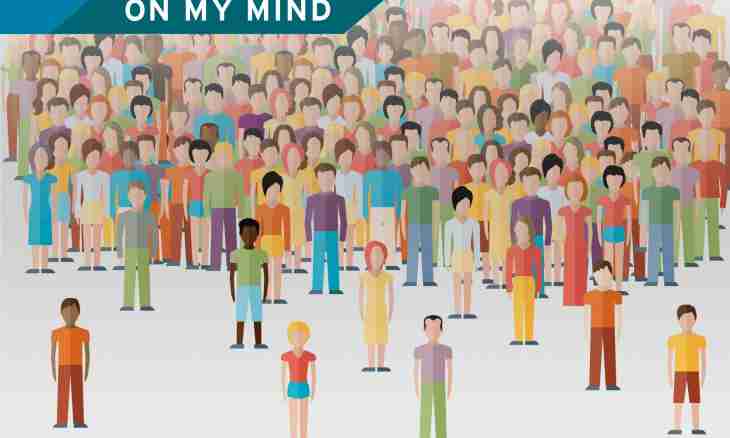Natural communities include populations of various organisms, these organisms are capable to self-reproduction. Each population is the group of individuals of one look located in a certain territory.
Population (late lat. populatio, from armor. populus is the population, the people) in ecology, genetics there is a set of individuals of one look, is long occupying a certain space and also reproducing itself during several generations. Individuals of one population have much more high probability to be crossed with each other, than to individuals from other populations. It is connected with the fact that this group of individuals is separated from other same groups of individuals by any given degree of pressure of various forms of isolation.
The main characteristic of the population defining its central position as elementary unit of evolutionary process is its genetic unity: within population the panmixia is to a degree carried out. At the same time the genetic heterogeneity which defines the fitness of population to various environmental conditions of dwelling creating a reserve of hereditary variability, very important for evolution, is characteristic of the individuals making population. Owing to heterogeneity of the environment the population has complex structure: individuals differ on accessory to a miscellaneous, to usually crossing generations, on gender and age.
The look includes a set of populations, and isolation between them is not absolute. Individuals of population are capable to migration and resettlement, their distribution depends on geographical barriers within a look area and also on the nature of a habitat, look number. Mortality, birth rate, age structure and abundance are called demographic indicators. It is very important to know them to understand the laws operating life of populations to foresee the continuous changes happening in them. Migrations call the movements of animals caused by change of living conditions, or connected with cycles of their development. They can be regular - daily and seasonal, and irregular - at droughts, floods, the fires. Classical example of seasonal migration flights of birds. Irregular migrations have chaotic character, in pritivoves organized regular. Speak about migrations, mean only not parasitizing animals. The parasitizing organisms extend owing to invasions. An invasion (Latin of invasio — attack, invasion) infection of plants, animals and the person with parasites of the animal nature nvzyvat. Organisms of carriers of parasites are sources of invasions, also them are food and water. Because of invasions there are flashes of number of the parasitizing organisms (protozoa, worms, pincers and some arthropods) and to defeat of a large number of organisms — hozyain. The most known among get sick animals and the person helminthoses, they are excited by worms, akaroza, are excited by pincers, and entomozyvozbuzhdatsya by insects and also excited by protozoa - malaria, leyshmanioz, amebiaz, toxoplasmosis and some other.

